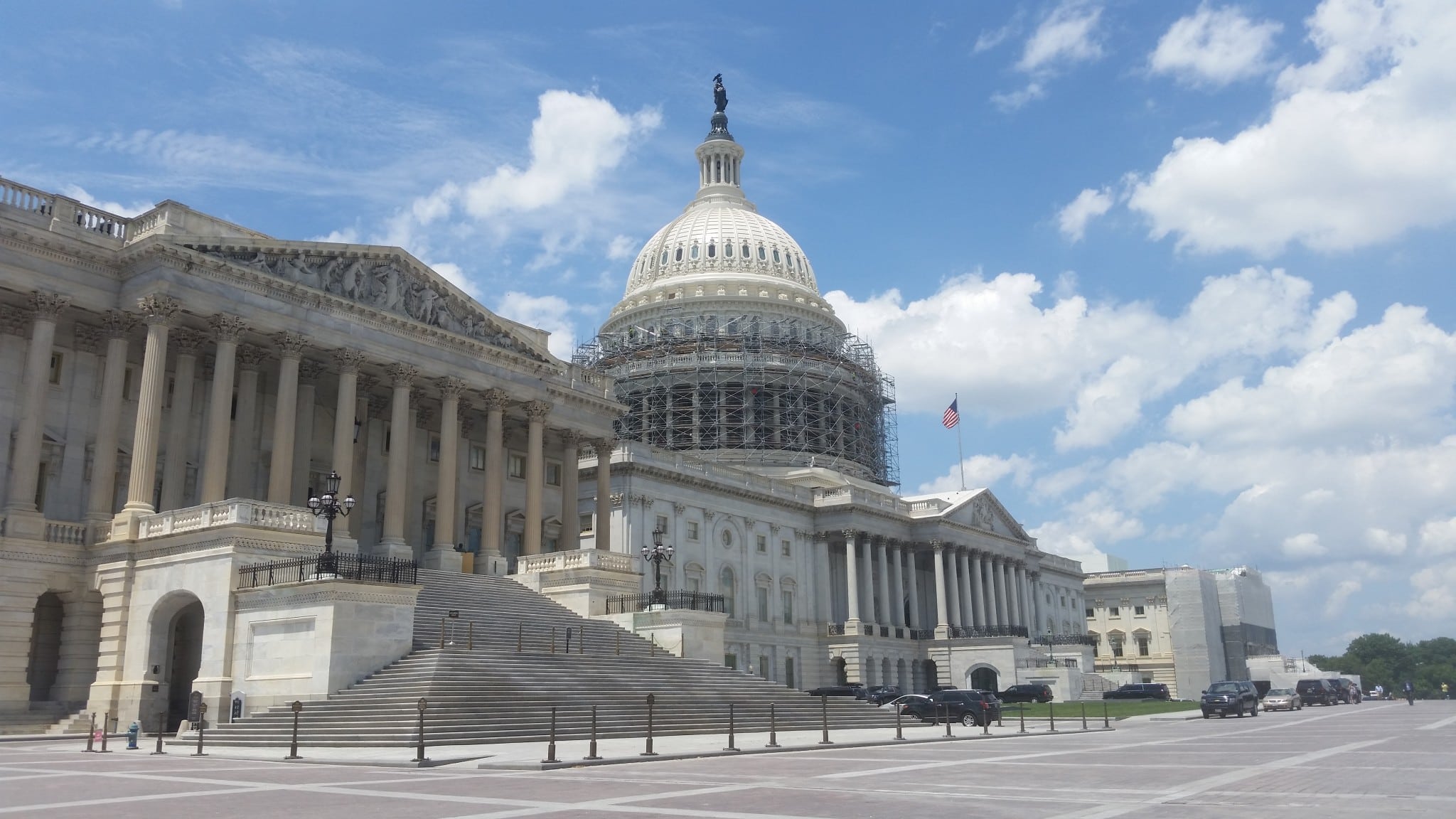
After two very long nights of debate on scores of amendments, the House on Thursday voted 231-196 to approve the fiscal 2017 Interior, Environment, and Related Agencies Appropriations Bill. The bill, already facing a veto threat from the White House, passed with relatively little controversy compared to previous years. In 2015, for example, the process was derailed by a debate of the display of the Confederate flag in national parks.
Lawmakers proposed a total of 131 amendments to the bill in this round. Of that, four were withdrawn, 10 were not offered on the floor, 40 were adopted by voice vote, four were rejected by voice vote, 13 were adopted by roll-call vote, and the rest were rejected by roll call.
On Tuesday, the first night of amendment debate and votes, the House rejected an amendment that would have struck from the bill a provision prohibiting the agency from implementing its carbon emissions standards for new and existing coal-fired power plants. The two regulations affected by this provision are the New Source Performance Standards, which essentially mandate the use of carbon capture and storage technology on all new coal-fired power plants, and the Clean Power Plan, which requires states to develop action plans to meet federally set emissions reduction goals.
The chamber approved an amendment prohibiting “funds from being used to finalize, implement, administer, or enforce the proposed rule entitled ‘Clean Energy Incentive Program Design Details.’” The CEIP is related to Clean Power Plan.
Under CEIP, which is strictly voluntary, states would receive emissions rate credits or allowances to promote early investments in wind, solar, and demand-side energy efficiency for low-income communities in 2020 and 2021. These would run parallel to the CPP’s mandate for states to reduce carbon emissions from power plants, with the aim of producing carbon-free megawatt hours or lower end-use energy demand.
An amendment from Rep. Scott Perry (R-Pa.), approved by voice vote Wednesday evening, would prohibit the EPA from drafting any rules under Section 115 of the Clean Air Act. That section gives the EPA the authority to enact sweeping emissions caps if U.S. emissions are deemed to put people in other countries at risk.
The legislation, as it came before the chamber, would provide $32.1 billion for the budget year beginning Oct. 1 for the Interior Department and its component offices, the Environmental Protection Agency, and separate organizations such as the Smithsonian Institution. That would be $64 million less than provided for the current fiscal year and $1 billion less than requested by the Obama administration.
Funding for the EPA would drop by $164 million, to $7.98 billion, which would be $291 million under the White House proposal. The agency’s regulatory programs funding would be cut by $43 million from current levels and by $187 million from the administration proposal.
Not surprisingly, the White House has threatened to veto the bill. A July 11 statement of administration policy says the bill underfunds the EPA. “These [funding] reductions would make it more difficult for States and businesses to plan and execute changes that would decrease carbon pollution and address the challenges facing the Nation from climate change,” the statement says.
The House has now adjourned, leaving for a seven-week summer recess.